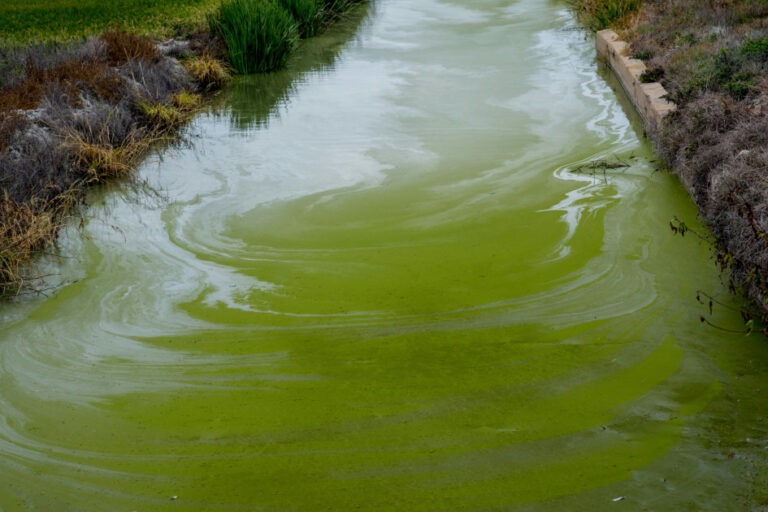Toxic blooms in the Negro River Basin |
The Ministry of the Environment has issued an alert to rural producers, warning about the presence of cyanobacteria blooms in several bodies of water in the Negro river basin. These blooms, which especially affect backwaters, lagoons and reservoirs, generate dangerous toxins that can cause serious intoxications in domestic and wild animals, affecting their nervous, digestive and respiratory systems.
Ideal conditions for cyanobacteria
Cyanobacteria, also known as blue-green algae, proliferate in stagnant waters with high temperature and nutrient concentration, common situations during summer and low rainfall. Consumption of water contaminated with cyanotoxins can cause acute effects and even death of the animals, or less evident chronic effects that affect their health and quality of life.
Recommendations to prevent poisoning
From the Ministry of Environment rural producers are advised to follow the following preventive measures:
- Prevent animals from consuming water from areas affected by cyanobacterial blooms, particularly from water bodies in which the bloom is of significant intensity (homogeneous intense green color or presence of lumps visible to the naked eye from the shore). The intensity of the bloom can be mild to severe, but in all cases represents some level of health risk.
- Provide clean and safe water from alternative sources for watering your livestock in cases where the aquatic system normally used as a water source is affected by cyanobacterial blooms. It is important that animals have access to fresh, running water that is free of potential contaminants.
- Regularly monitor water quality in water bodies used as a source of drinking water, especially in times of high temperatures. Visual monitoring of water appearance may be sufficient to detect cyanobacterial bloom processes; as primary guidance, the following web page is recommended: https://www.gub.uy/ministerio-ambiente/cianobacterias.
In case of detecting some symptoms such as, among others, erratic behavior, hyperventilation, salivation or digestive alteration of the animals, it is recommended to consult the office of the Ministry of Livestock, Agriculture and Fisheries (MGAP) or to a certified veterinary professional. There are no antidotes for cyanotoxins, so prevention is the most effective measure.



